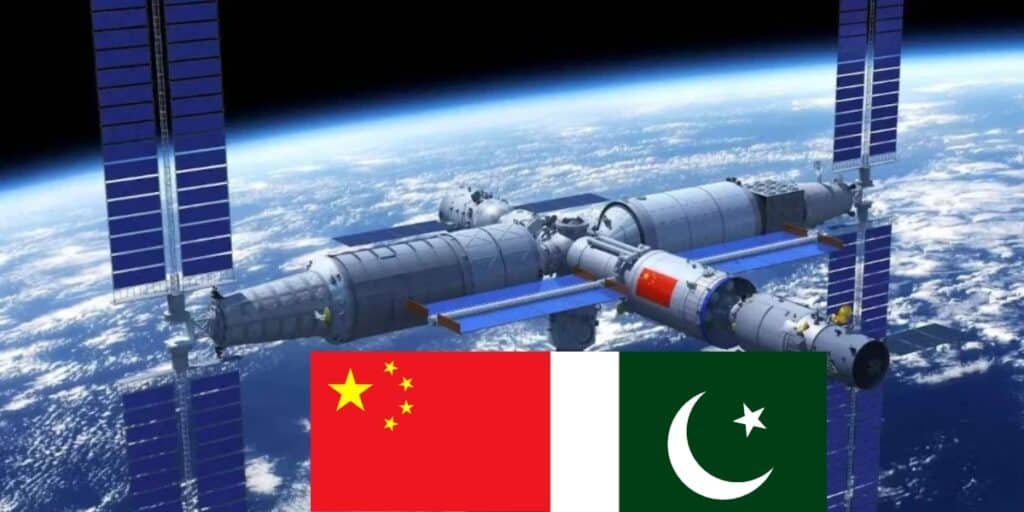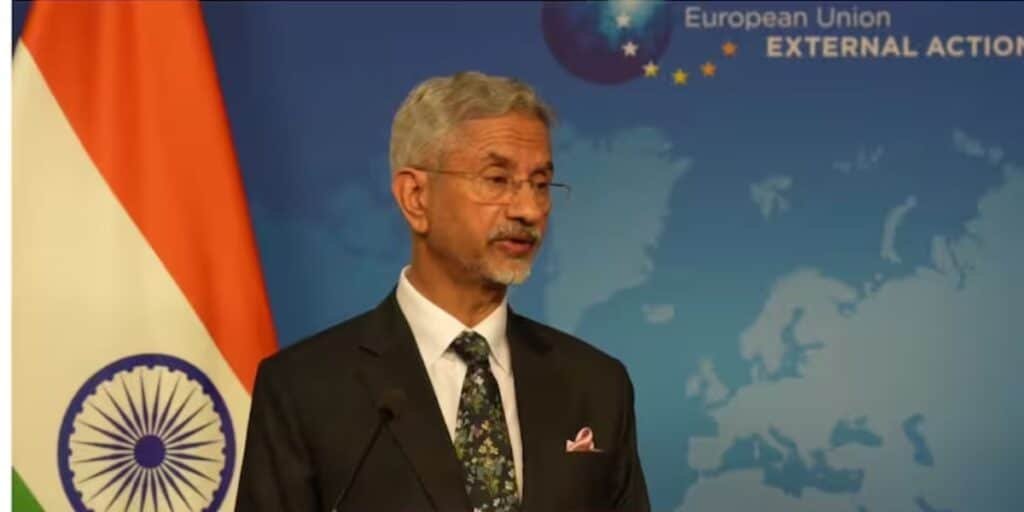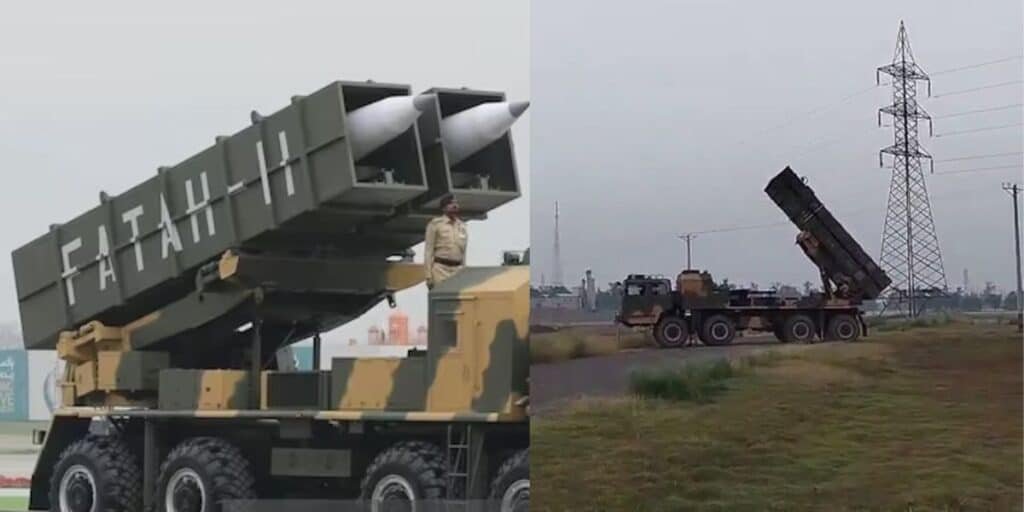WEBDESK: A Pakistani astronaut is set to join a future Chinese space mission, marking a major step in the growing partnership between China and Pakistan. This announcement was made by the China Manned Space Agency (CMSA) during a press conference on Wednesday.
CMSA has confirmed that two Pakistani astronauts will undergo their training in China. Eventually one trainee from the selection will join the Chinese space mission flying to the Tiangong space station. The dagreement took place between both countries during late February.
CMSA spokesperson Lin Xiqiang said that the selection process for the astronauts is already underway. “Candidates will go through a three-stage process—preliminary, secondary, and final based on the same strict standards used for selecting Chinese astronauts,” he said.
The selected Pakistani astronaut will serve as a payload specialist for the mission. One of the astronaut’s responsibilities during the Chinese space mission will be to execute scientific experiments on behalf of Pakistan.
The upcoming Chinese space mission gained official confirmation when authorities also revealed the details of the Shenzhou-20 launch window from Jiuquan Satellite Launch Centre at 5:17 pm on Thursday. China exists as part of an ongoing global initiative to develop its space capabilities through international collaborations.
Veteran astronaut Chen Dong, who has spent over 200 days in orbit, will lead the Shenzhou-20 crew. He will be joined by two first-time astronauts: Chen Zhongrui, a former air force pilot, and Wang Jie, a former space engineer. The current team on the Tiangong station is expected to return to Earth on April 29 after handing over operations to the Shenzhou-20 crew.
The Shenzhou-20 team will conduct experiments in physics and life sciences and install new protective gear to guard the station from space debris.
Due to a US ban in 2011, China has been excluded from the International Space Station and has since focused on building its own space partnerships. Pakistan is now among the countries involved in this rapidly growing program.
Read more:






